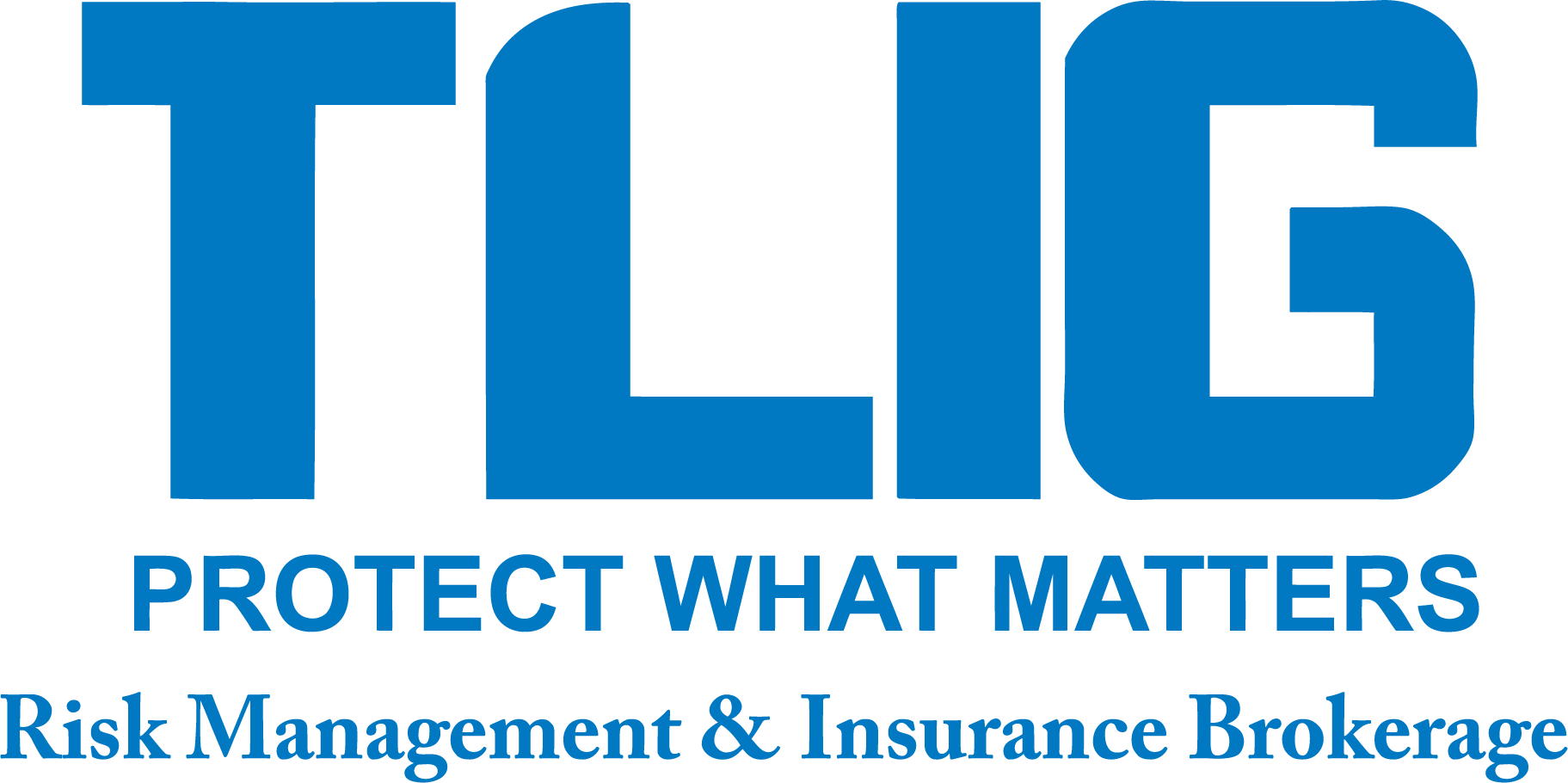The end of summer seems to be peak time for natural disasters. Often, Labor Day weekend newscasts include stories about a hurricane, flood, tornado or wildfire happening somewhere in the United States.
Those who are dealing with the crises created by natural disaster need more than news coverage—they need insurance coverage. There are significant risks presented by natural disasters, which not only threaten homes and businesses but also endanger the health and lives of people in their paths.
Nowhere is the value of insurance more apparent than with natural disasters. But consumers must make decisions on important issues in order to insure their homes and possessions from the financial risk of hurricanes and floods:
Hurricane deductibles. June through November is hurricane season in the United States. Many remember the disastrous 2005 hurricane season in the south, when insurance companies paid an estimated $41 billon for 1.7 million claims for damage to homes, businesses and vehicles in six states from Hurricane Katrina, according to the Insurance Information Institute. The Katrina disaster, combined with Hurricanes Rita, Wilma and Dennis, led to more than $57 billion of insured losses and 3.3 million insurance claims.
In recent years, insurance carriers have begun requiring homeowners to have a “hurricane deductible” where permitted by state insurance law. Designed to help insurers manage the significant financial risk they carry when paying thousands of claims in one geographic area, hurricane deductibles apply to damage solely from hurricanes.
Hurricane deductibles range from one to 5% of a home’s insured value. Coastal areas may be higher. The deductible is “triggered” based on the circumstances stated in the homeowners insurance policy language. For example, a 2% hurricane deductible for a home valued at $200,000 means that the homeowner would pay the first $4000 (2% x $200,000) of damage from a hurricane.
Like most insurance coverage, premiums are higher with a lower deductible. Policyholders may have the option of a traditional dollar deductible (such as $500 or $1000) in some states, although that’s not typically offered in higher-risk coastal areas.
Flood insurance. Flood damage is specifically excluded by homeowners and renters insurance policies. Flood insurance coverage, though, is available through independent insurance agents as a separate policy from the National Flood Insurance Program (NFIP), a federal insurance mechanism. In the 1960s, taxpayers often had to “bail out” flood victims, and Congress created the NFIP to make flood insurance available in communities that adopted floodplain management laws to reduce flood damage.
Today, NFIP insurance covers up to $250,000 for the structure of a residential property and $100,000 for contents. Premiums start at $348 for that coverage for a residential property and its contents. Some insurance carriers offer additional flood insurance (called “excess coverage”) above the basic policy limits or for people whose communities do not participate in the NFIP.
In 2008, a survey by the Insurance Information Institute found that 17% of Americans have a flood insurance policy. The national flood program reported that the average flood claim amounts to $33,000.
Hurricane deductibles and flood insurance are two insurance decisions that consumers might want to double-check.
TLIG is a local Trusted Choice® agency that represents multiple insurance companies, so it offers you a variety of personal and business coverage choices and can customize an insurance plan to meet your specialized needs.
Visit us online at www.tligins.com or call us at (434) 582-1444.

